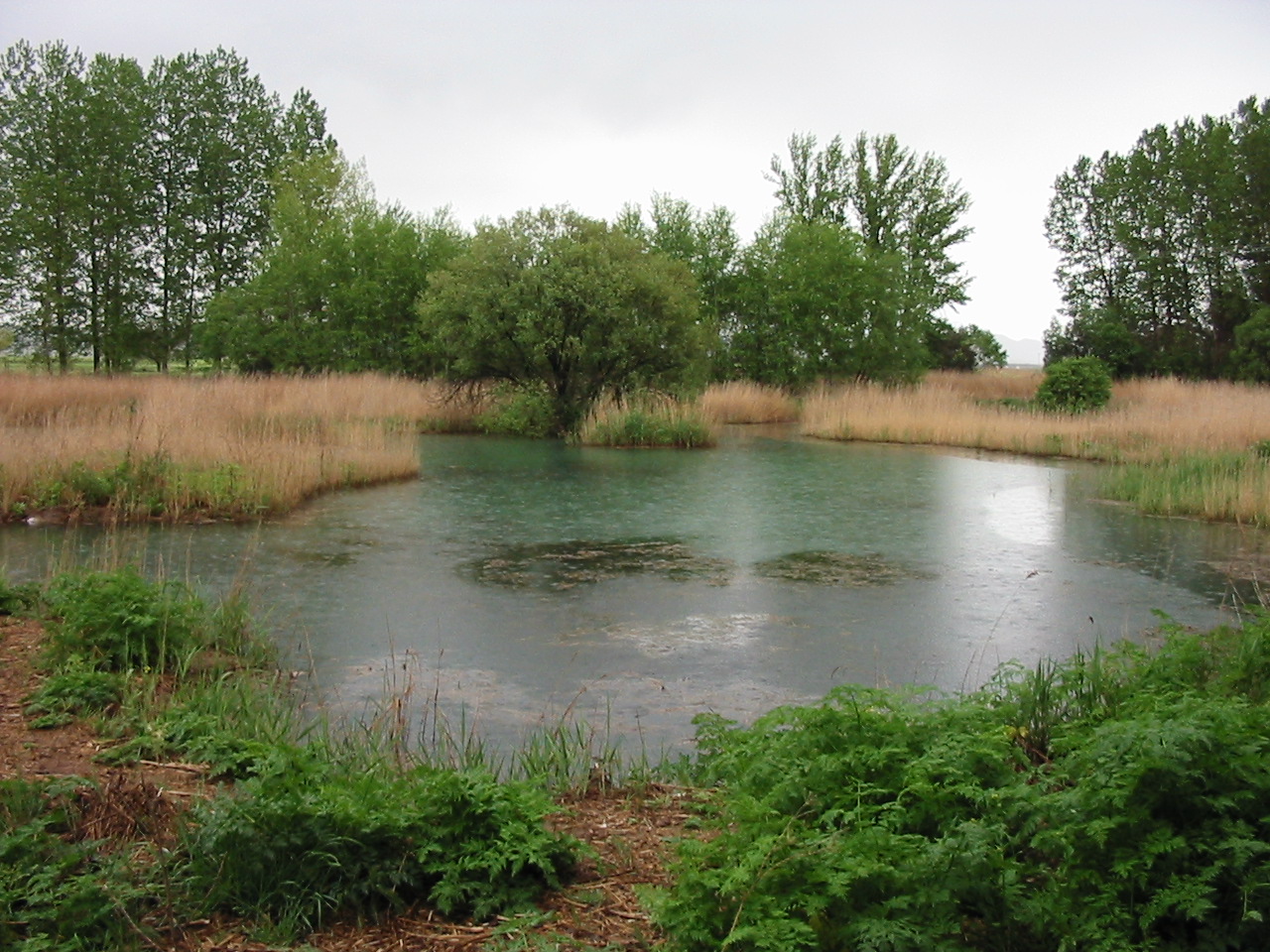A Century Later, Restored Wetlands Struggle to Recover

Restored wetlands pale in comparison to their natural states, even after 100 years, a new study shows.
A wetland is a ground area that is saturated with water, be it fresh, brackish or salty, and includes everything from mangroves to marshes. These ecosystems hold more life per acre than other types of habitats, including forests and grasslands, and are often important fishery resources. Moreover, wetlands act as natural flood and erosion control, said David Moreno-Mateos, a wetlands researcher with the University of California at Berkeley.
But these ecosystems also hold value on the global scale, because they store carbon. "When you degrade a wetland, you put a lot of carbon dioxide into the atmosphere," Moreno-Mateos told Livescience. Carbon dioxide is a greenhouse gas with ties to global climate change.
In many cases, wetlands fall prey to agriculture — developers will drain the land to make way for crops, or wetlands will slowly degrade due to agriculture pollutants such as pesticides. So a common mitigation strategy used by land developers, Moreno-Mateos said, "is to degrade a wetland and build five more in its place."
But how do new man-made wetlands and wetlands that have been restored compare with the real McCoy?
To find out, Moreno-Mateos and his colleagues analyzed 124 previous studies monitoring more than 600 wetlands across the globe that had been restored in some way or created from scratch, a few of which were restored or created more than 100 years ago. When they compared these ecosystems with pristine, natural wetlands, they found that the restored and created wetlands were, on average, much less productive — they contained 23 percent less carbon in the soil, and had plant densities and native plant varieties that were 26 percent lower than in natural wetlands.
They also found that wetlands recover most slowly if they are in cold regions, small (less than 100 hectares, or 247 acres), or separated from tides or river flows.
Sign up for the Live Science daily newsletter now
Get the world’s most fascinating discoveries delivered straight to your inbox.
The take-home message, Moreno-Mateos said, is that "you have to think a lot before you degrade the wetlands, because it will take a long time for them to go back to natural conditions." Carbon takes hundreds of years to return to the soil once it's released into the atmosphere, he explained, and the study shows that most plant ecosystems don't completely return to their reference states, even after a century.
"[Developers] change the conditions so much that the wetlands are not able to fully recover," he said.
The study was published today (Jan. 24) in the journal PLoS Biology.











